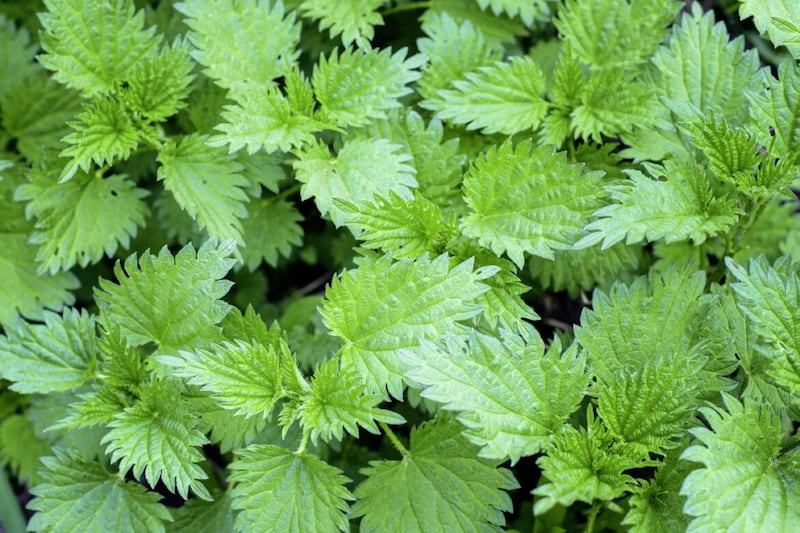COUNTRY children used to always know where the wild strawberries grew, could identify the fabulous scent of a clump of camomile, and would have been given some nettle soup in the spring time as a health boost tonic.
The trendy notion of foraging is bringing back a lot of this useful knowledge, and again making use of the largesse of the hedgerows.
Most of us at some time have been stung by a nettle and learned early the curative quality of a docken leaf, which always obligingly grows alongside a clump of nettles, but not so many know what an amazingly curative plant it can be.
Science has finally caught up and we are now increasingly being given proof, to back up the ancient folklore, of the therapeutic benefits of this vigorous plant which grows wild all over our little damp country.
As far back as medieval times in Europe, the stinging nettle was used as a diuretic, to rid the body of excess water, to treat painful muscles and joints, eczema, arthritis, gout, and anaemia. Today many people use it to treat urinary problems during the early stages of an enlarged prostate, for urinary tract infections, for hay fever, insect bites or in creams for sprains and strains and insect bites.
I was so delighted last year to be given a copy of Co Derry woman Marian Conway's beautiful little book The Mettle of Nettles; a mini-encyclopaedia of the extensive and varied benefits of this fabulous plant, sadly regarded by many as a weed.
I saved writing about this lovely little book until the spring to ensure that as many of you as possible will be able to avail of the knowledge and utilise the nettles growing somewhere close to most of us.
When I asked Marian why she wrote the book she said she'd always been interested in herbs and growing plants, particularly nettles, and had written notes about them as she collected knowledge, often from the wisdom of older people, which she so admires. Having cared for elderly, disabled parents and reared a family, it was a long time on the back burner but she eventually formulated the book, which is a delight.
Only 51 pages and eight chapters long, it gently and succinctly gives the history of the use of nettles as a food, tonic and medicine, and some very wise advise on not assuming that all living things and herbs are natural and therefore innocuous: they are strong and powerful and should only be used when you have established their safety and genus.
Even the humble nettle has several lookalike family members so make sure you are using the real thing.
Marian tells you how to safely harvest nettles, where to not pick the plants, like those growing by a busy road. She has included a chapter on the therapeutic uses, both internal and external, and a range of recipes for soups, teas, pies, champ, and mash, fritters and even a nettle pesto and a "nettleade" to drink.
There is a section on the use of nettles as a beauty product, hair rinse, aid to joint pain, and for those who have livestock as a tonic to improve the health of an animal's coat, make hens lay better and even help to fatten up turkeys.
Marian describes herself as plain and simple person – I beg to differ. When you read her words, she expresses sentiments that many learned individuals have spent years studying and thousands of pounds in therapy or on expensive course to learn.
Marian says: "Years ago I learned a truly enriching exercise, which I practise daily after I say the Our Father, a powerful prayer in which the word I is not said... inwardly I say "bless you" to every person, animal, creature, plant or thing whom I see, including myself in the mirror... When you say bless you (even to someone who irritates you) the results will be amazing and you will experience a miracle every day."
I love this book, I think every household should have one, and since they are priced so reasonably at £5 plus postage and package, there is no reason why not. They are available widely around many shops in mid-Ulster, from www.shanway.com or by calling 028 9022 2070.
r.armstrong@irishnews.com







